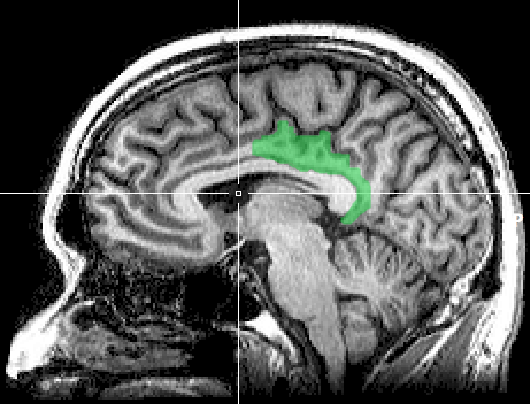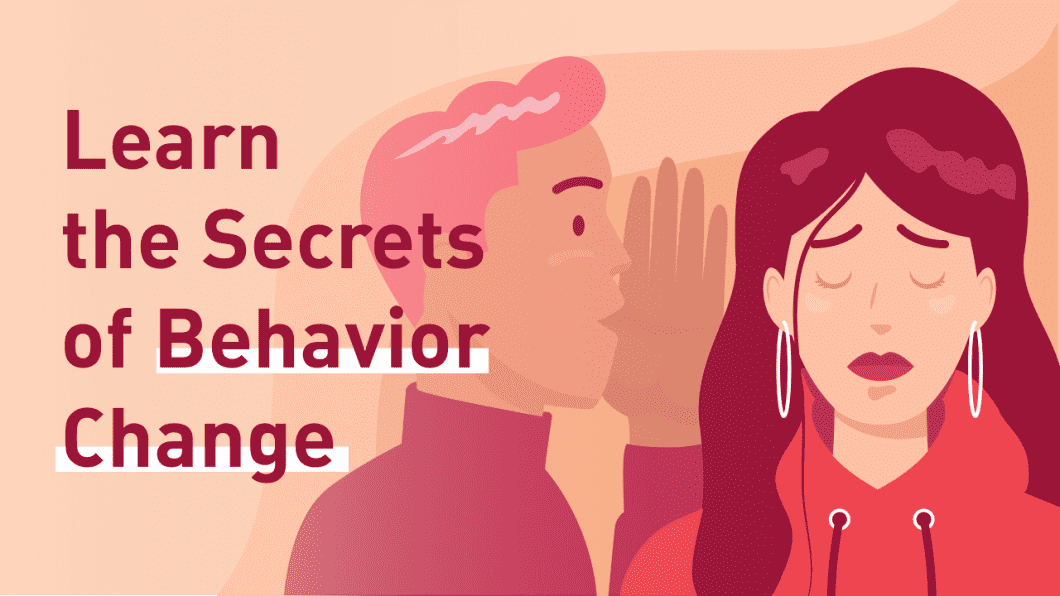I am sure you have heard the adage that a leopard never changes its spots. But is it true? The cornerstone of self-improvement is that behavior change is realistic and possible for us all. In fact, the capacity for behavior change may just be part of us.
Any time that you repeat actions over and over they become ingrained habits. This can be a wonderful thing if those habits are healthy behaviors, like regularly exercising. Problems arise, however, if those actions are harmful or damaging to your personal development. Identifying habits you wish to change is the first step in realizing that you are the one in control of your life.
Once you figure out which behaviors you want to change, the real work begins.
If you’ve ever tried unsuccessfully to change the behavior of a loved one or friend, you’ll know that it is very difficult to encourage people to change unless they really want to be involved in the process. The motivation to cease certain behaviors and pick up new ones must come from within. You have to want to change.
The Science of Behavior Change
The part of the brain concerned with behavior change is called the posterior cingulate cortex. Researchers from the University of Pennsylvania, Yale University, Columbia University, and Duke University studied this region of the brain and found that those who had more activity in this center were more creative. Being able to abandon old ways of doing things and forge ahead with a new plan does take courage and creativity. The researchers found that the posterior cingulate cortex lights up before engaging in new or divergent behavior.

To see why this kind of activity is beneficial, we needn’t look any further than our ancestors. In the course of human evolution, our ancient predecessors broke through old traditions and routines whenever progress was made. Chasing a new food supply, boldly exploring beyond our home territories, or investigating natural phenomena, like fire, required courage and the acceptance of risk, without a known reward.
How to Make Change Happen

To alter your current behaviors, you need to first accept the following conditions:
- That your current behavior is detrimental to your goals
- That you are in charge of any behavior or habit change
- That a new course of action is possible
- That you will be rewarded for this new habit or behavior change
Take the example of committing to regular exercise. You will first need to accept that your current fitness level needs improvement and may even be contributing to health problems. Then you’ll need to realize that only you can change the amount of exercise that you get. You’ll then have to plot out a practical plan to get you moving more often. Finally, you’ll visualize the improvements in your health and wellbeing after you’ve been working out for a while.
But what about willpower?
Making big life changes is hard. You might know that, for example, smoking is bad for you, but that fact alone is usually not enough to drive a behavior change, a fact that has historically puzzled health care policy-makers. Strongly ingrained routines and habits are difficult to quit because they are part of your daily routine but also because they become intertwined with your sense of self. To facilitate a major behavior and life change you must see yourself as a different person. You must visualize this new person, this non-smoker, or exercise lover until you become the goal.
Willpower is now viewed as a mostly ineffective way of making long-term changes. Motivation replaced willpower as either a reward for changing unhealthy habits or as a scare tactic for what might happen if the habits do not change. But we can find that out motivation wanes in the face of temptation.
Beyond either willpower or the force of external or internal motivation is the concept of Choice Architecture.
What is Choice Architecture?
Our environment has a massive impact on our behavior choices. A study at the Massachusetts General Hospital in Boston offered water alongside soda at various stations in the hospital cafeteria. When they did this, sales of water increased while those of soda decreased. Just by altering the choices available, people were able to make positive behavior changes without willpower.
Rather than be a victim of your environment, you can choose to design your spaces to help you make positive choices. That might mean prominently displaying healthy snacks in your home instead of unhealthy ones. It could mean leaving your workout gear in the car. Or by banishing your cell phone from your bedroom so alerts won’t stop you from getting a good night’s sleep.

How do I get started?
We can’t recommend our ultimate guide to living a healthy lifestyle enough if you’re just getting started on your journey to change. To usher in positive habits and make behavior changes permanent you should approach your goals in a multi-pronged attack:
- Find your personal motivation for wanting to make changes
- Decide on a clear goal or series of small healthy habits.
The most effective behavior changes start very small. Make micro goals towards a larger target. Your repeated achievements will spur you on and give you the confidence to complete the challenges ahead.
- Visualize yourself succeeding- we become what we see
- Redesign your environment for change
Making lasting behavioral changes to your long-held habits and routines can be difficult but the process should not be a mystery. Like all goals, approach it in small manageable and scientifically proven steps and you’ll see change.
You can start your first step with our Overwhelming Force training. This mind shaping exercise only takes 4 minutes, and will set you on a path to develop a plan to turn your goals into reality. Make sure to have a pen and paper handy.




